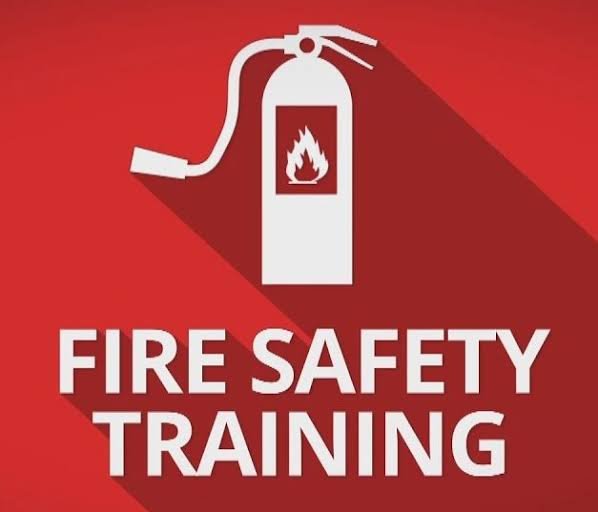
Behavior-Based Safety (BBS): A Practical Approach to Safer Workplaces
In today’s dynamic industries, organizations face constant challenges to maintain safe and healthy working environments. Traditional safety systems often focus on equipment, processes, and procedures, but one critical factor remains at the center of most accidents human behavior. This is where Behavior-Based Safety (BBS) plays a transformative role.
What is Behavior-Based Safety (BBS)?
Behavior-Based Safety is a proactive safety management approach that emphasizes observing, analyzing, and modifying unsafe behaviors to prevent incidents. Instead of waiting for accidents to happen, BBS focuses on the actions of employees and encourages them to take ownership of safety through self-awareness and peer involvement.
BBS is not about blaming workers; rather, it is about understanding why unsafe behaviors occur and creating positive interventions to promote safer choices.

Core Principles of BBS
- Observation of Behaviors
Safety professionals or trained peers observe daily work practices to identify unsafe actions and safe practices. Observations are non-punitive and focused on improvement. - Feedback and Coaching
Workers receive constructive feedback about their behaviors. Safe behaviors are reinforced, while unsafe actions are corrected through coaching and guidance. - Employee Involvement
Employees actively participate in identifying hazards, reporting unsafe acts, and suggesting improvements. BBS empowers workers to be safety leaders. - Data Collection and Analysis
Observations are recorded, and data is analyzed to identify trends. This helps organizations design targeted safety interventions and measure performance improvements. - Positive Reinforcement
Recognizing and rewarding safe behaviors motivates employees to repeat them, leading to a stronger safety culture.
Benefits of Implementing BBS
- Reduction in Workplace Accidents: By focusing on behaviors, BBS significantly lowers the chances of incidents and near-misses.
- Stronger Safety Culture: Employees become more accountable for their own safety and that of others.
- Enhanced Communication: Open discussions between supervisors and workers improve trust and collaboration.
- Data-Driven Safety Decisions: Continuous monitoring provides valuable insights for long-term safety planning.
- Cost Reduction: Fewer accidents lead to reduced medical costs, insurance claims, and downtime.
Challenges of BBS
While BBS is highly effective, organizations may face challenges such as:
- Resistance from employees who may feel they are being monitored.
- Misinterpretation of BBS as a blame system rather than a support system.
- Requirement of continuous training, leadership commitment, and cultural change.
Overcoming these challenges requires strong management support, clear communication, and continuous engagement with employees.
Conclusion
Behavior-Based Safety (BBS) is more than just a program; it is a cultural shift that empowers workers to recognize, report, and improve unsafe behaviors. By focusing on people, not just processes, BBS creates safer workplaces, reduces accidents, and builds a culture where safety becomes a shared responsibility. Organizations that adopt BBS invest not only in compliance but in the well-being and sustainability of their workforce.




